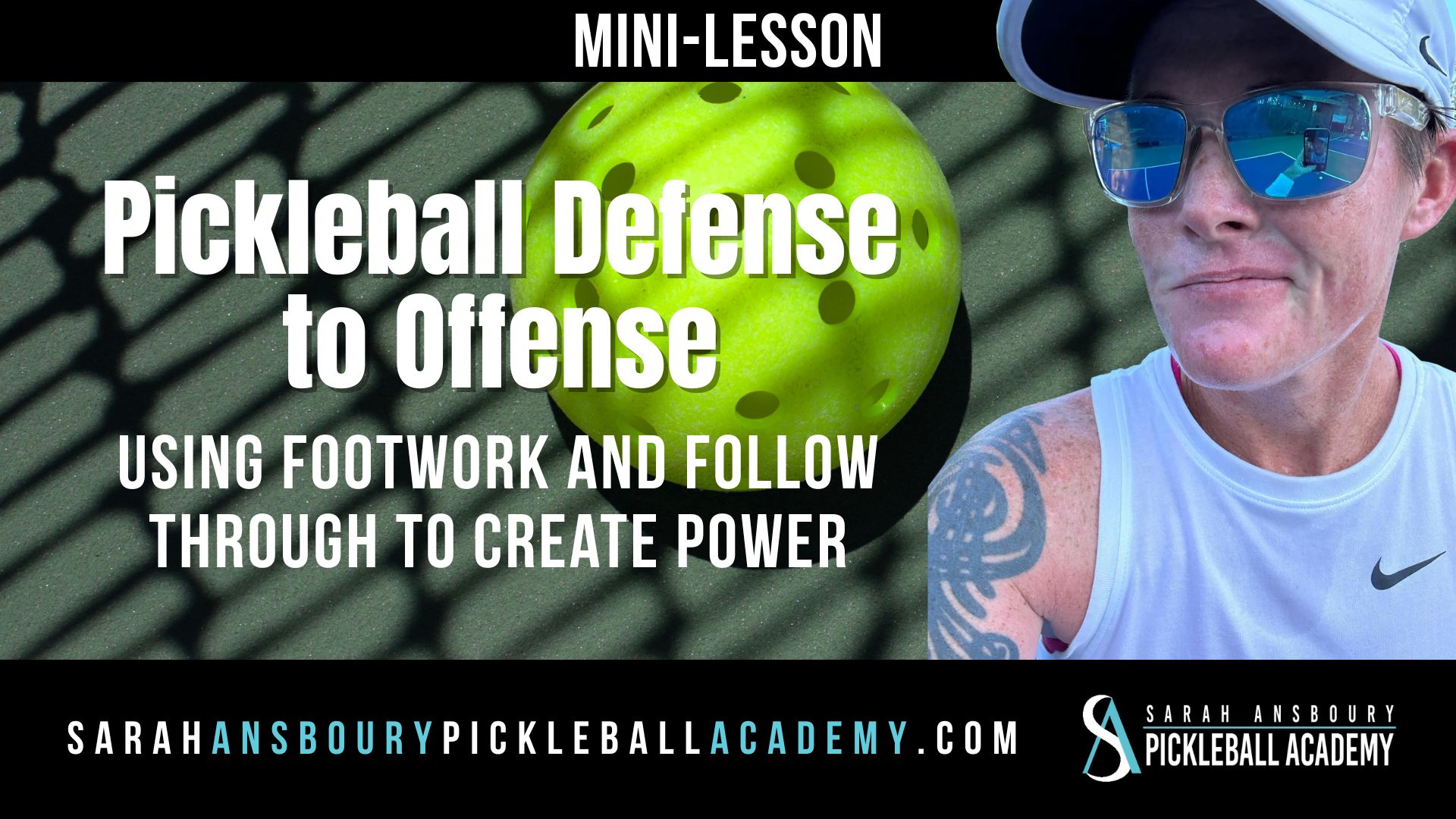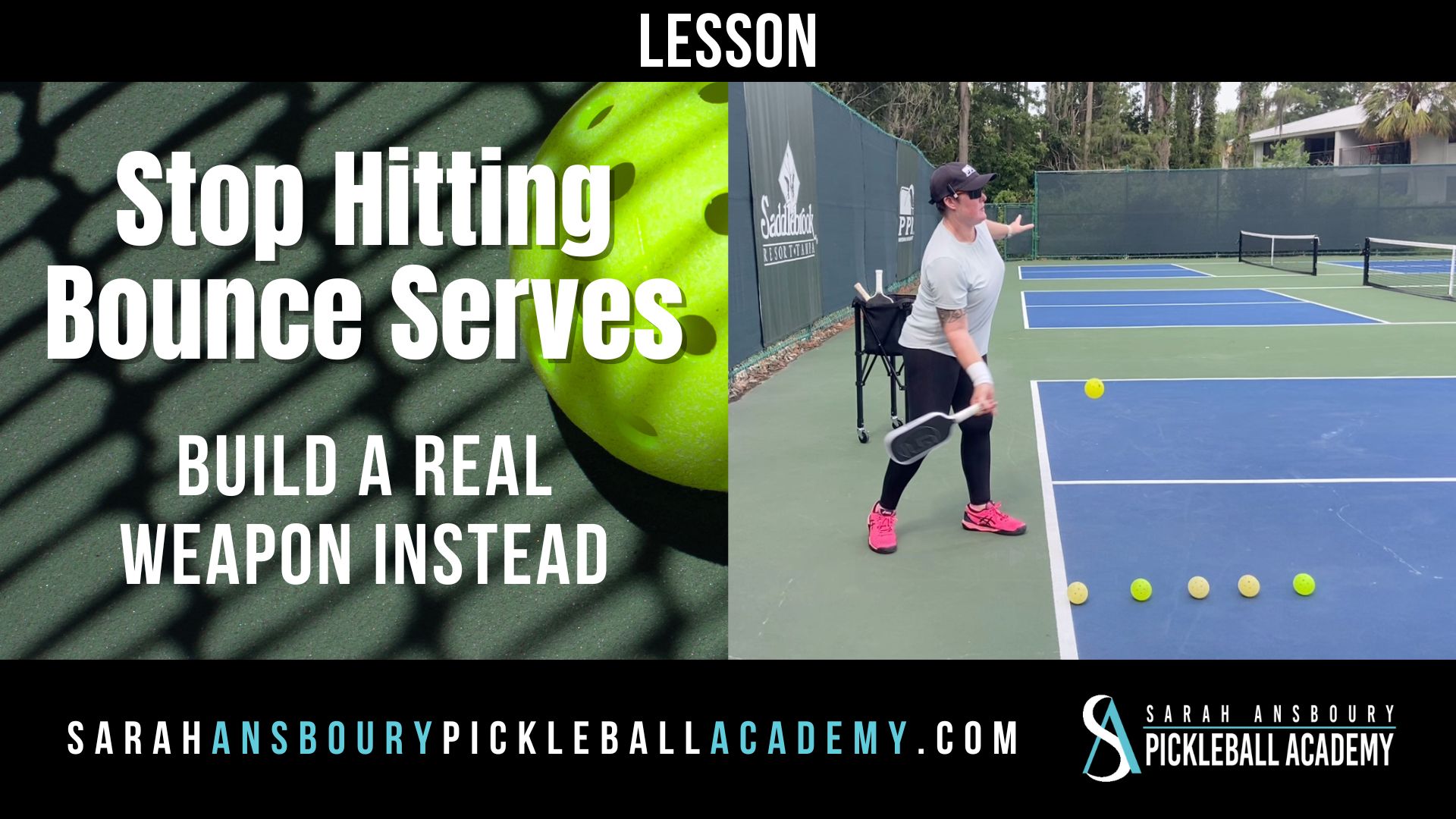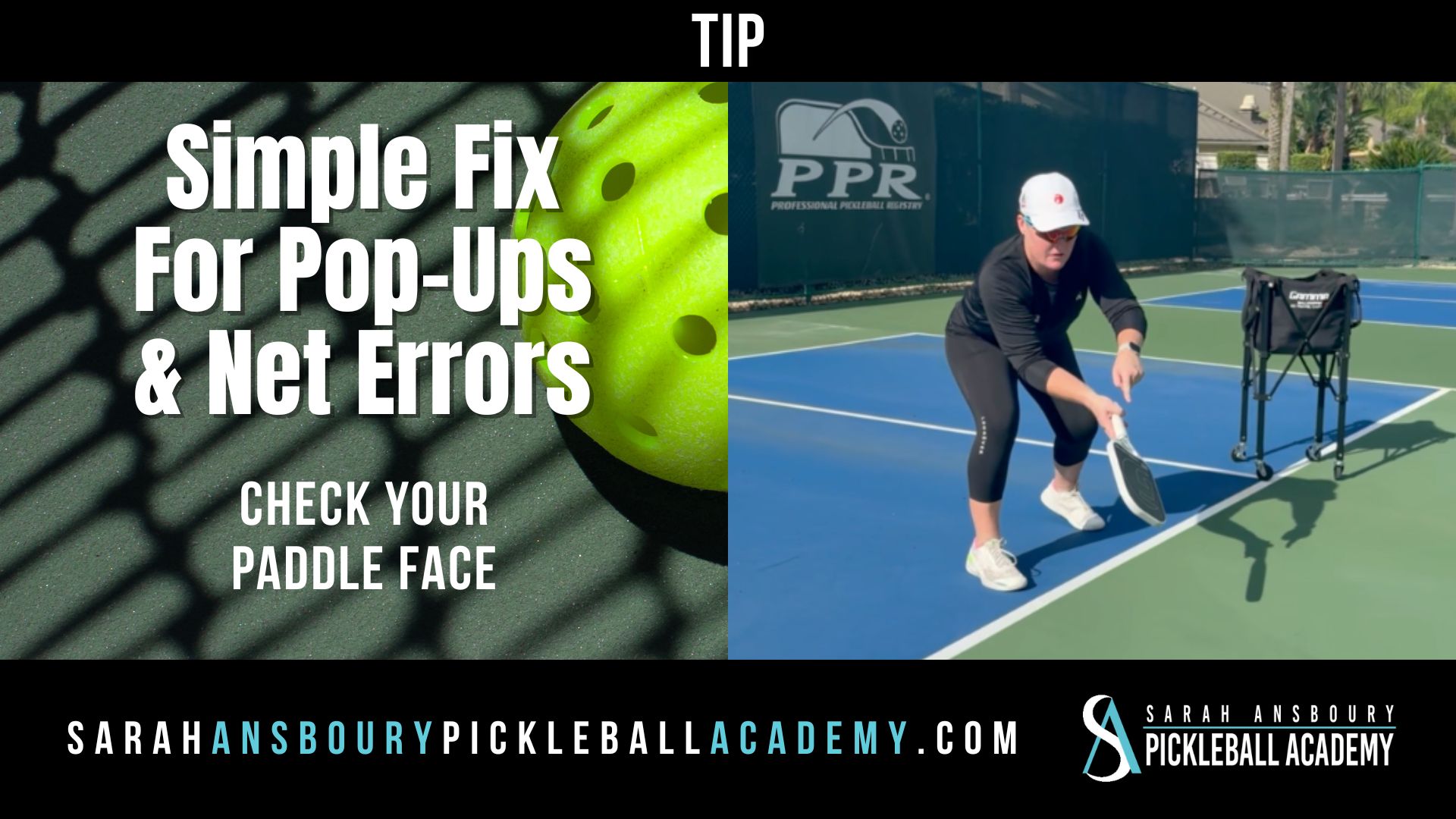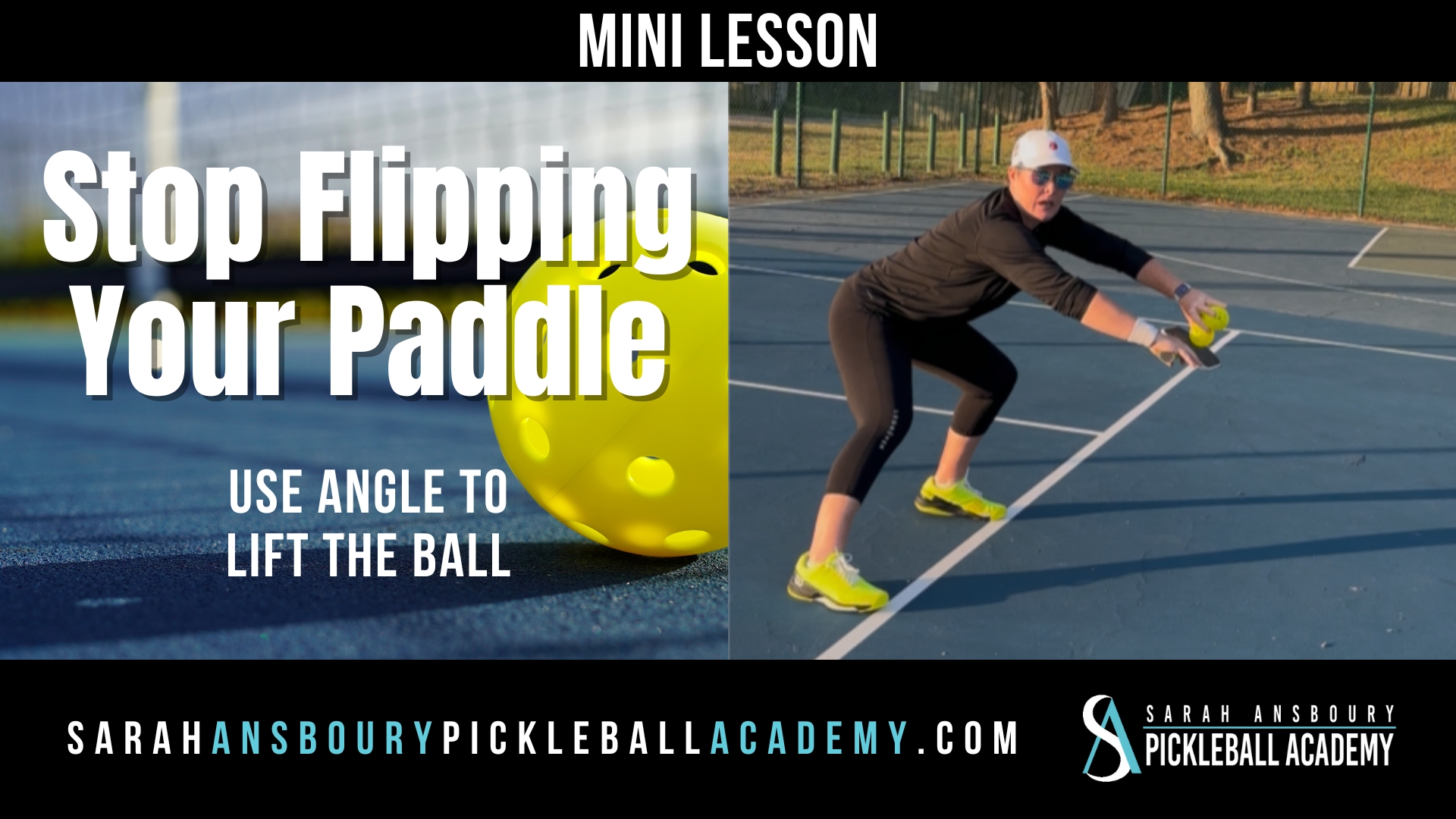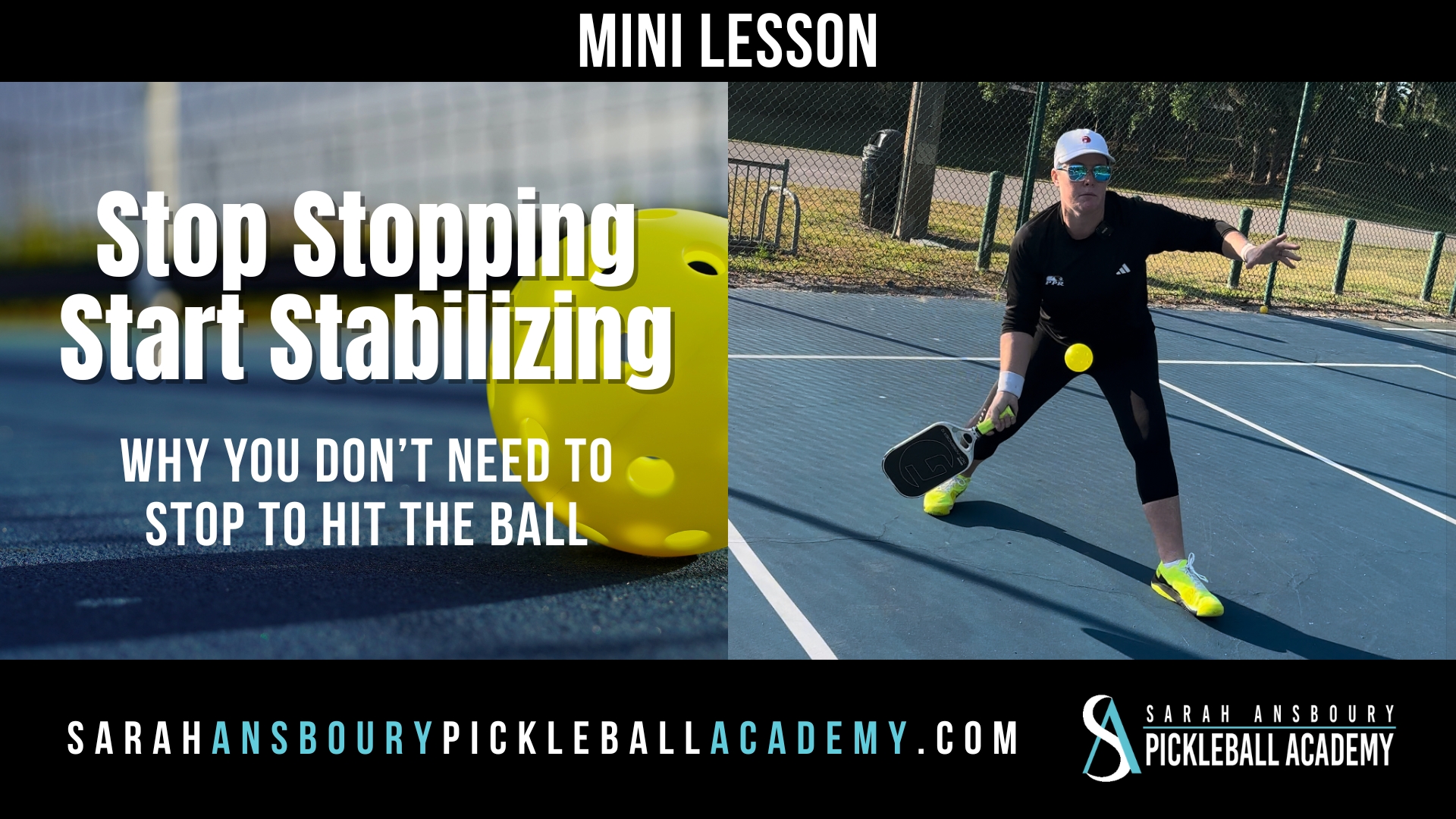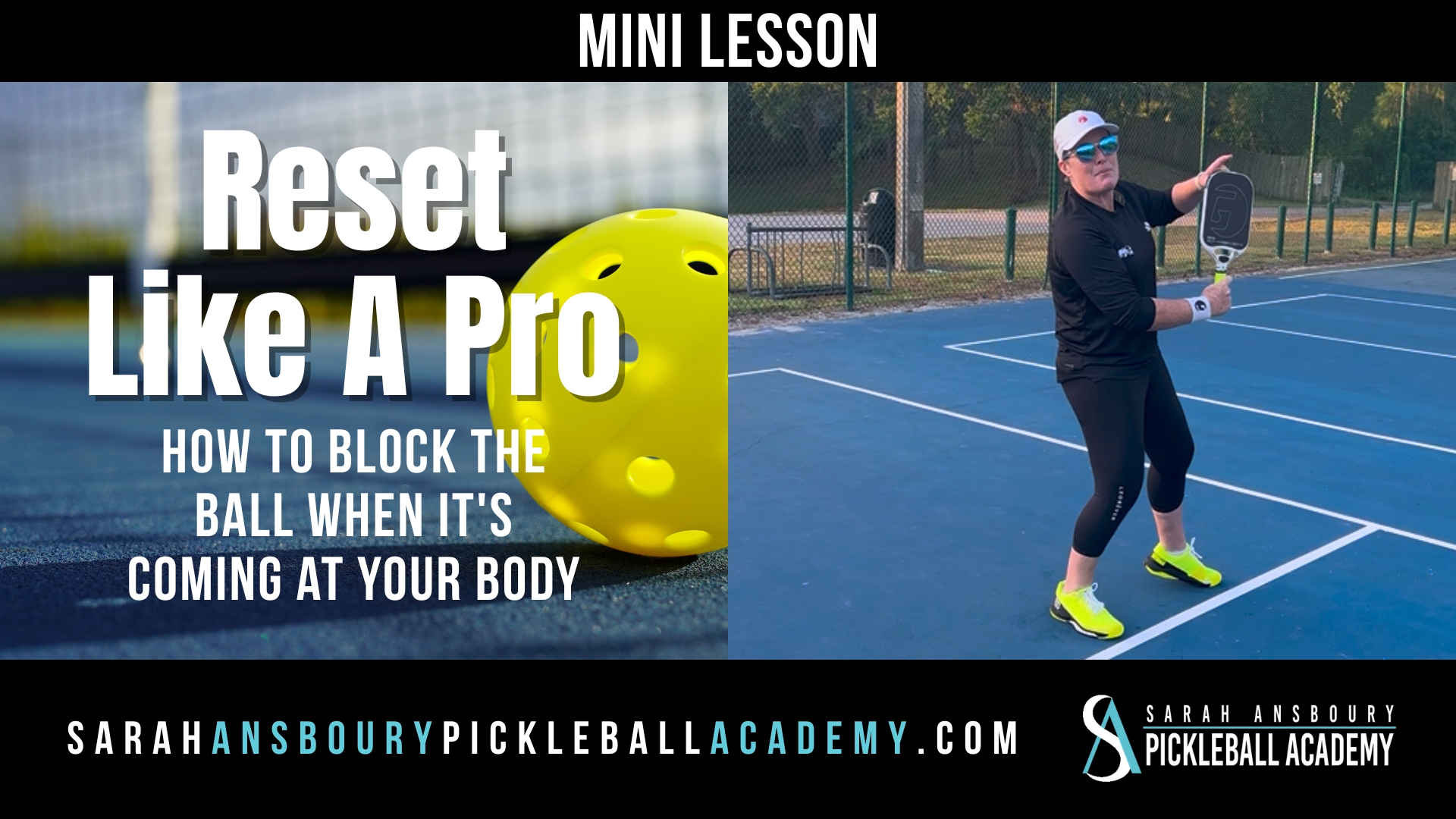I get a lot of questions from students regarding the cross-step. This is a habit many pickleball instructors discourage, particularly at the non-volley zone.
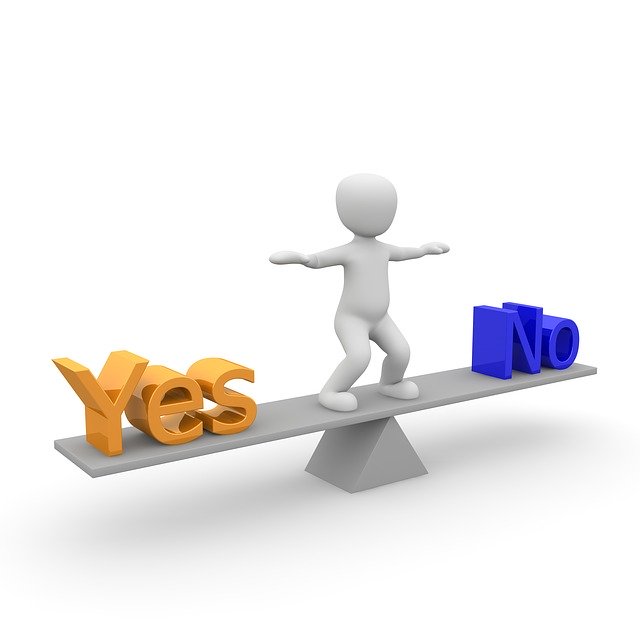
cross-step controversy
In pickleball, as in life, there are few absolutes. It is not as simple as yes or no. Whenever someone says “never” to something, I get concerned. First, I have found when we tell someone not to do something they think about it too much. It gets in their head. They are focusing then on the wrong thing.
What to Focus on instead
As I have written before, I want you to move less at the non-volley zone line. Instead of shuffling from side to side to follow the ball, I want you to think about following the ball with your paddle and your body position.
I find players often are forced to cross-step when they are too square or parallel to the non-volley zone line. If I am on the right (even) side of the court and the ball is coming from the left, I want my body aligned with the path of the ball. I don’t simply pivot my eyes or head, but rather shift my weight and body. These are not huge movements. There is not a need to take a big jump or step to achieve this movement. But as I shift my weight, my hips, torso, and head move to face the ball.
paddle in front
If my arms are extended in front of me, my paddle naturally protects my bulls-eye and is in the proper position to make contact with the ball in front of me. Ideally, we cut off the ball in the non-volley zone rather than being forced to take a step outside the court.
position to make contact with the ball in front of me. Ideally, we cut off the ball in the non-volley zone rather than being forced to take a step outside the court.
When we are shuffling, cross-stepping, or moving too much we are not in a stable position. As a result, we tend to be in a defensive position often causing the ball to fly higher than we would like. This allows our opponent to hit a winner behind us.
footwork is key
Footwork is so important in pickleball. It is key to being in the correct position to hit the ball where we intended and at the height that we wanted. Remember my key is to be able to cover my half of the court. For me, this is generally one step to the right or left. If I am tracking the ball properly, there is rarely a need to cross-step.

